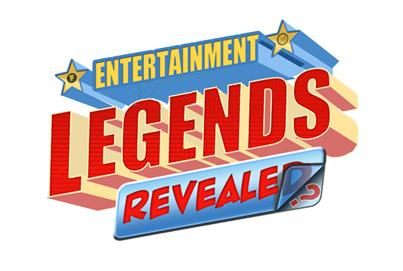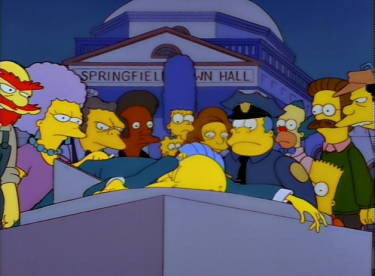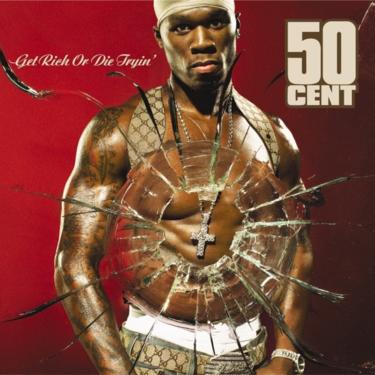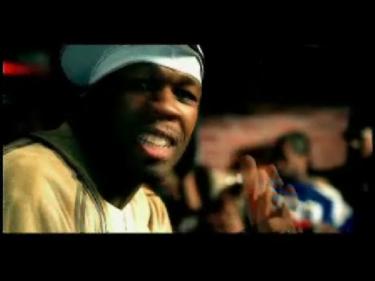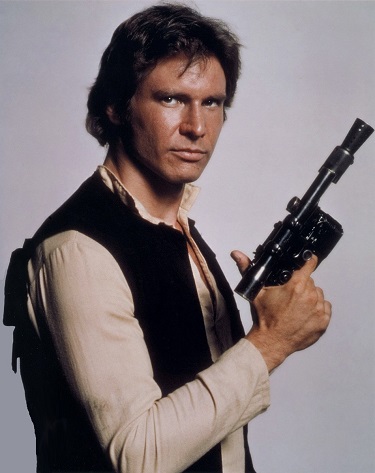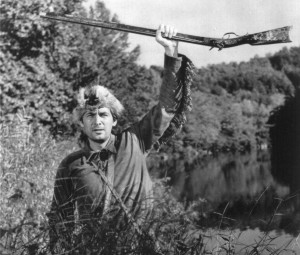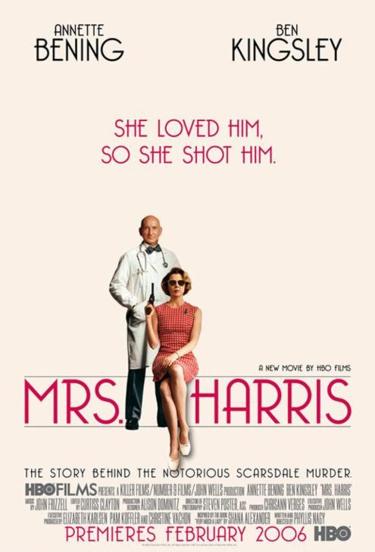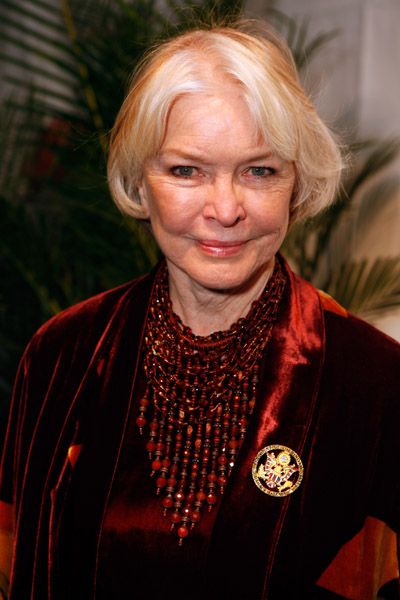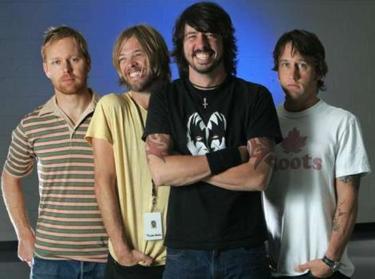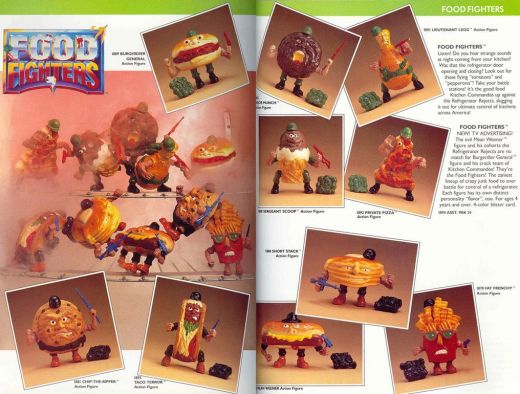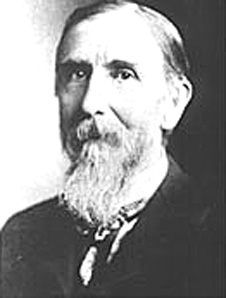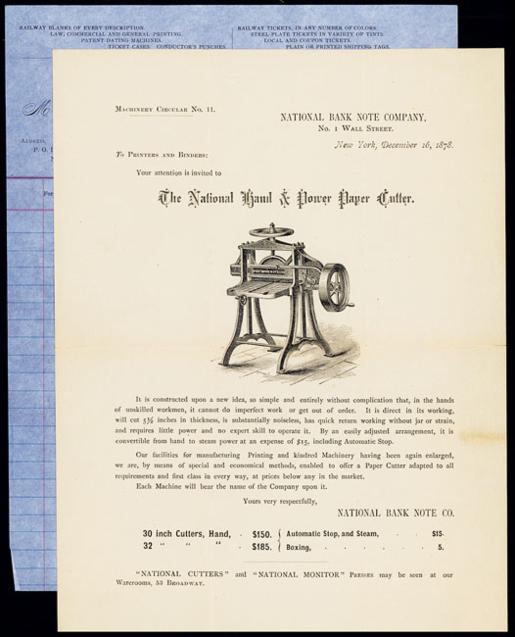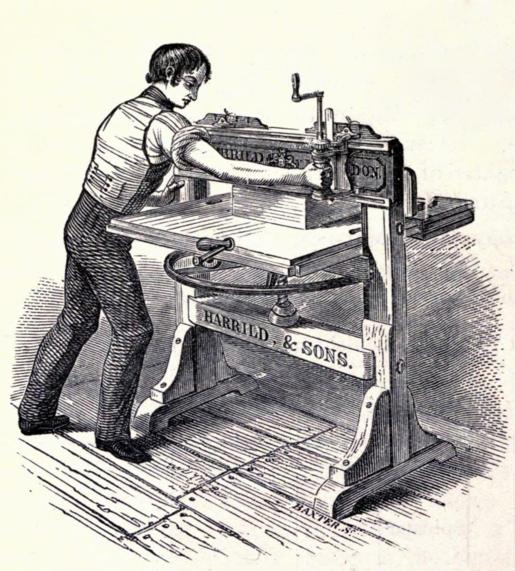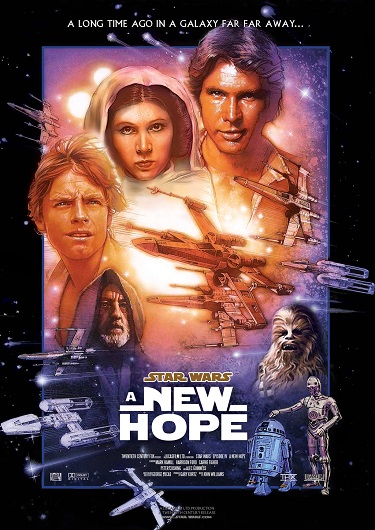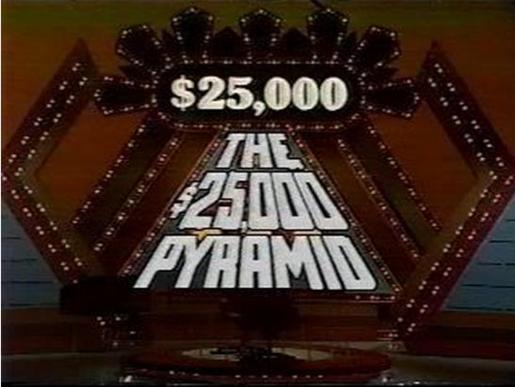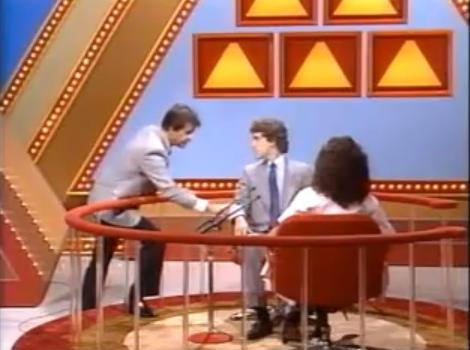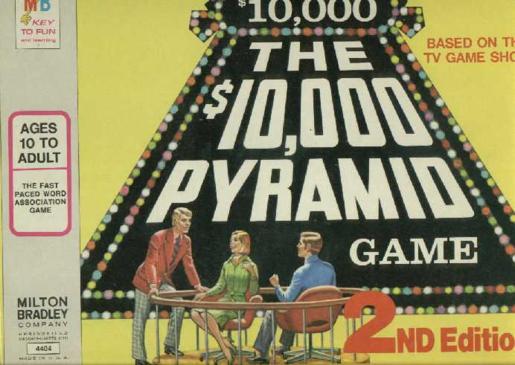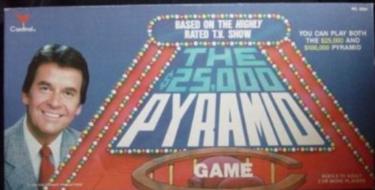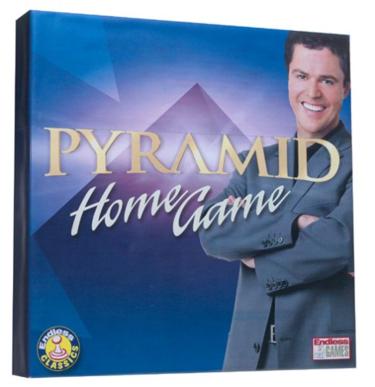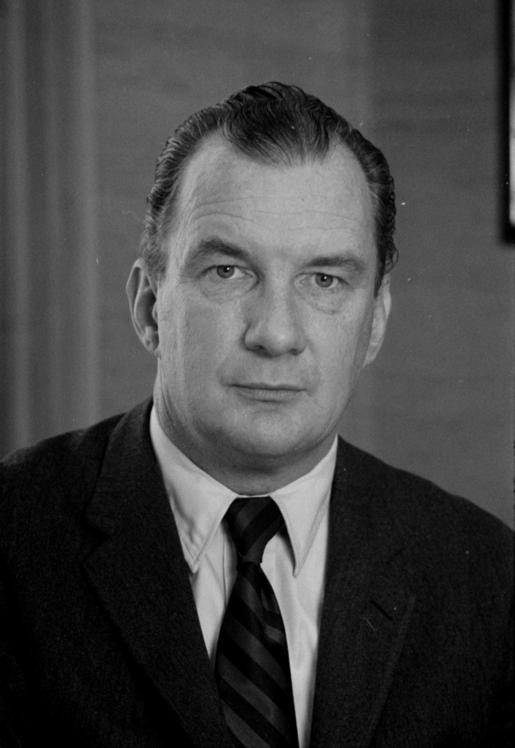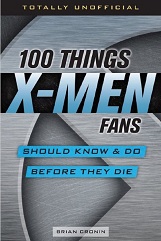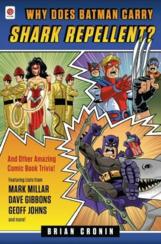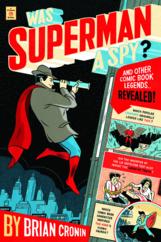Did No One Guess the Right Answer in The Simpsons’ “Who Shot Mr. Burns” Contest?
Here is the latest in a series of examinations into urban legends about TV and whether they are true or false. Click here to view an archive of the TV urban legends featured so far.
TV URBAN LEGEND: In The Simpsons contest “Who Shot Mr. Burns?,” no one guessed the correct answer.
Fan contests have a long history in film and television. Most famously is when fans win “Walk-on” roles (quick minor appearances where they essentially just walk on and then walk off the set), like the two teens who won DC Comics “The Great Superman Movie Contest” and appeared briefly in 1978’s Superman. Just in the last year, the new Star Wars film, the Dumb and Dumber film sequel and TV shows Teen Wolf and The Exes have all either had contests where fans could win a walk-on role or had auctions where people could bid to win a walk-on role (one of the rewards in the Veronica Mars Kickstarter was a walk-on role in the film).
In 1995, The Simpsons offered their own unique fan contest when they offered up a chance for a fan to be drawn with The Simpsons. How would a fan win the chance? Simply correctly answer the question, “Who Shot Mr. Burns?”
How many fans got it right? Read on to find out!
Read the rest of this entry »
Tags: animation, The Simpsons
June 18th, 2015 | Posted in TV Legends Revealed | No Comments